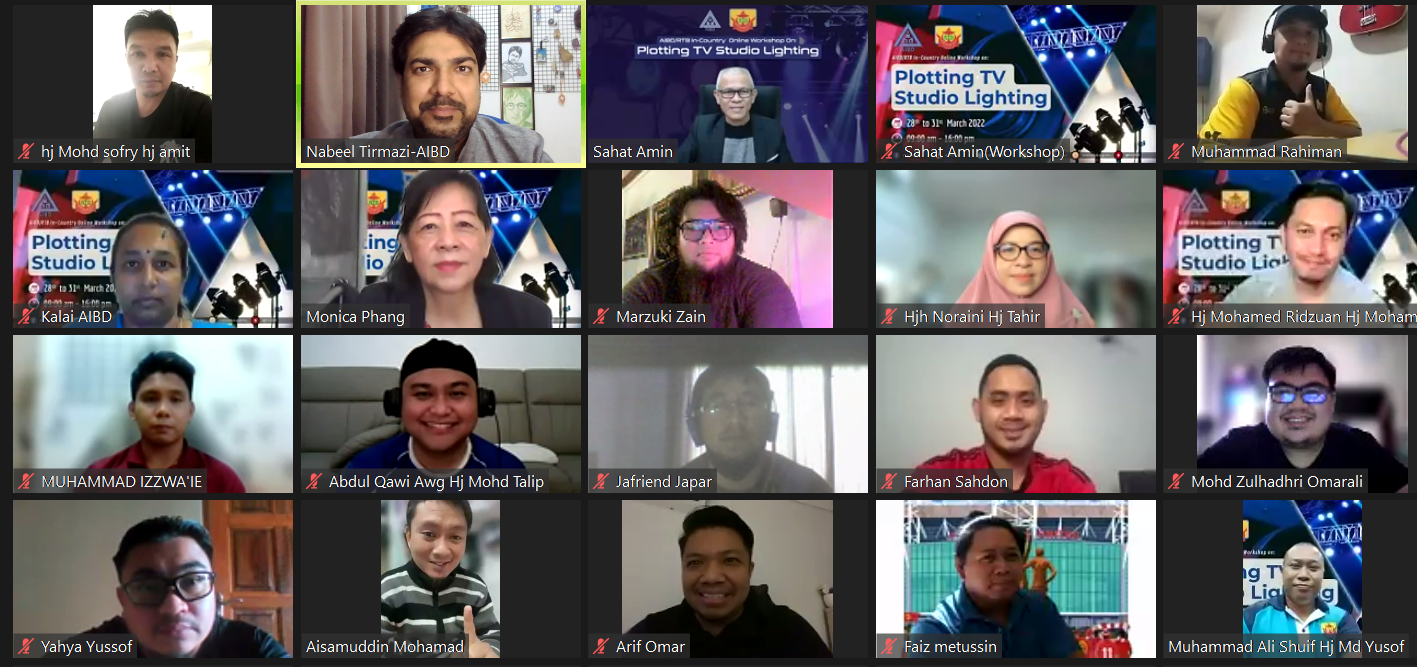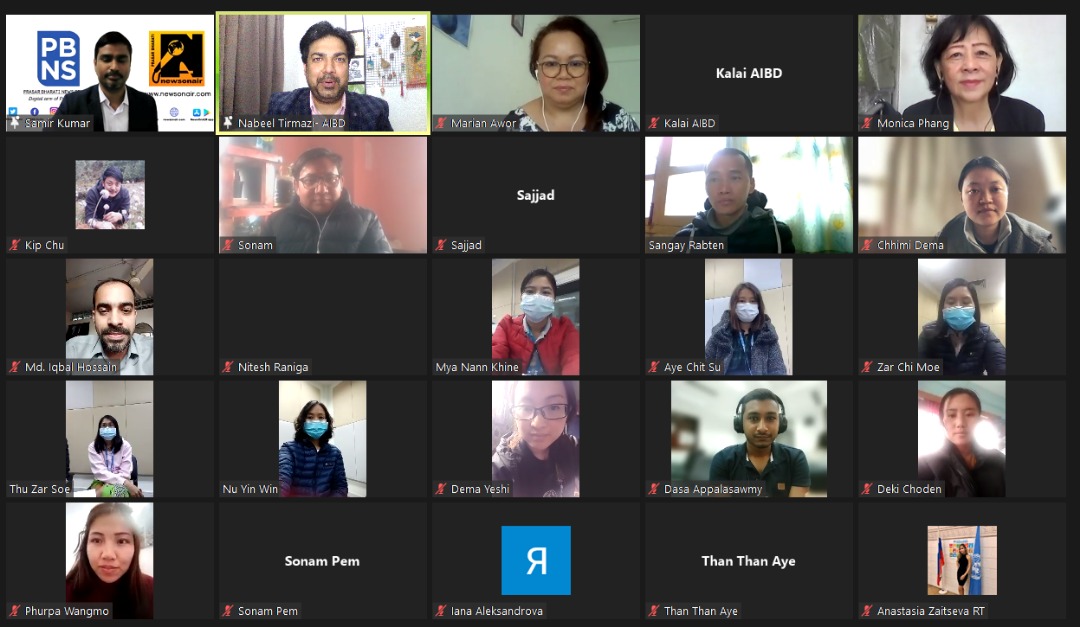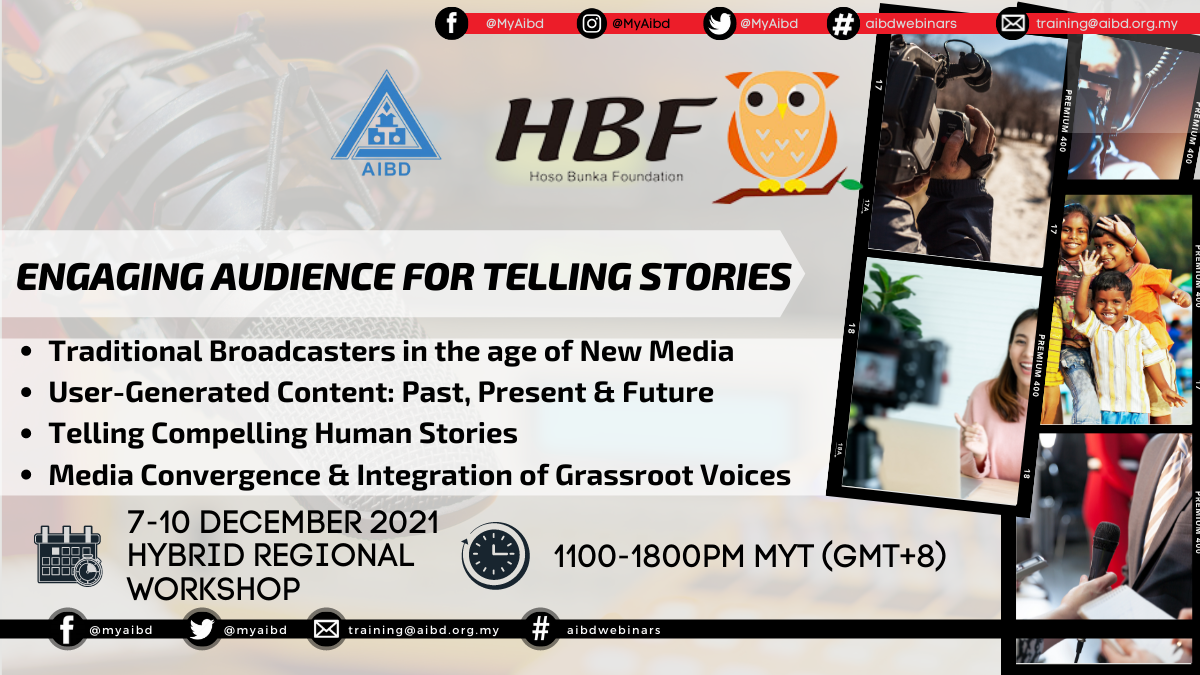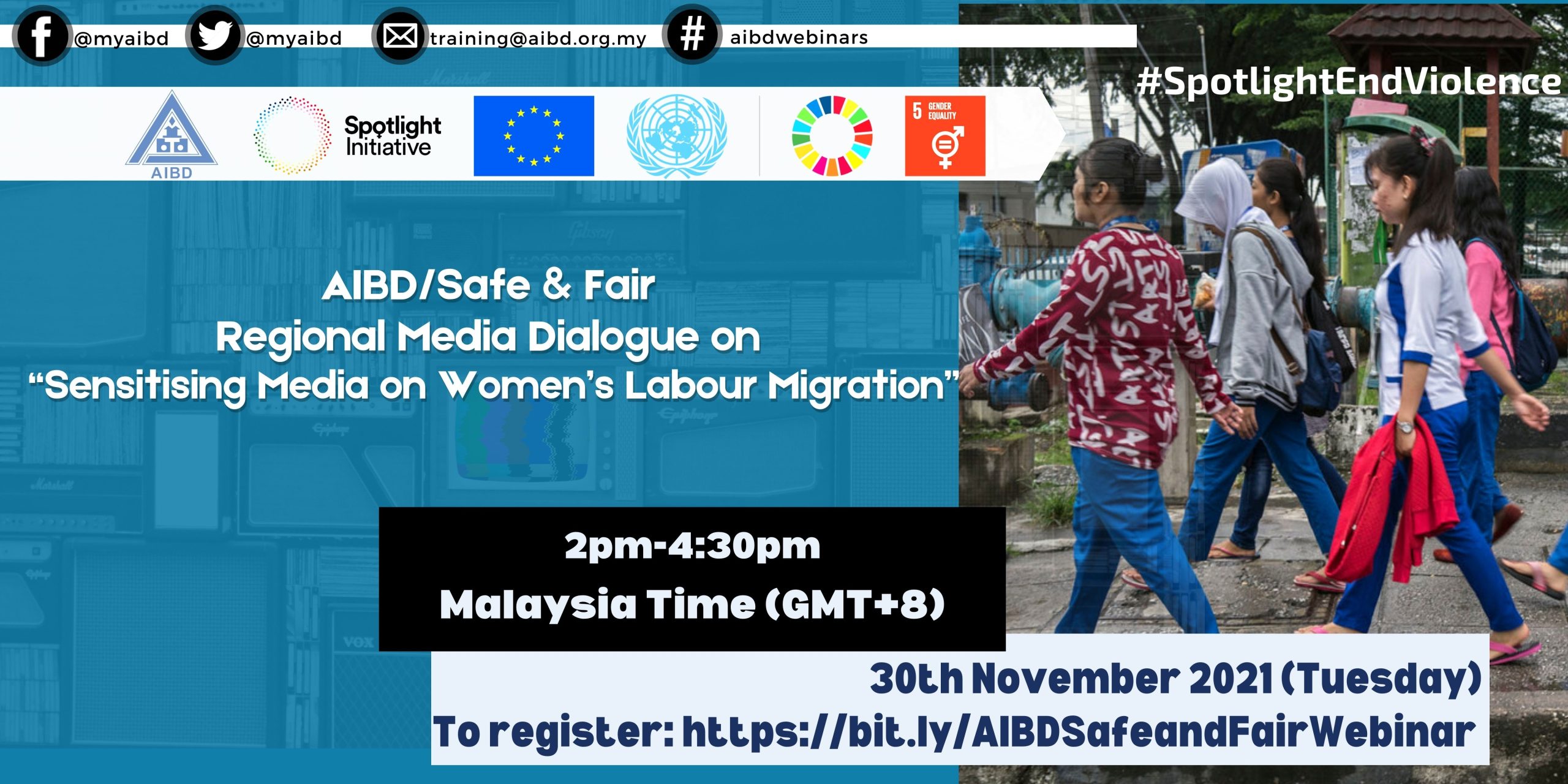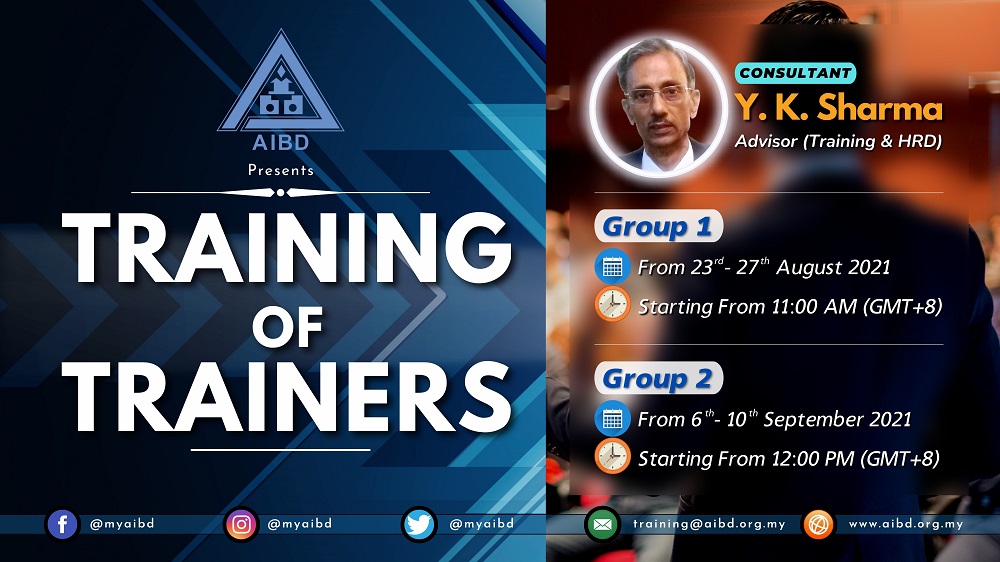Diversifying revenue streams, adopting a ‘digital first’ approach, training the workforce of the future, staying relevant and of course the pandemic were among the key themes discussed at the 17th Asia Media Summit’s CEO Roundtable. With the theme ‘Reimagining Media’, the CEO Roundtable was the signature session at the end of the two-day virtual summit.
Moderated by the Director of the Asia-Pacific Institute for Broadcasting Development (AIBD), Ms. Philomena Gnanapragasam, the panel comprised of five CEOs from 5 different countries, all of whom were posed with the central question of ‘how are you reimagining the media of the future?’.
Speaking live from Fiji, the CEO of the Fijian Broadcasting Corporation (FBC), Mr. Riyaz Sayed-Khaiyum shared how the public broadcaster had to reduce expenditure while diversifying its revenue streams, to survive the coronavirus pandemic. He stated that the pandemic had a huge impact on the Fijian economy, so they had to take ‘drastic measures’ without taking away the ‘enthusiasm to innovate’.
During a period of ‘working from home’, the Fijian broadcaster was able to update their website, build an app (FBC App) and manage the social media accounts of their clients – a new service offering. The broadcaster also launched other media services such as event management, digital billboard advertising as well as cinema advertising. “In a nutshell, some of the things that we have done, (has been done) because we want to create ad space, we want to create revenue, because without making drastic changes overnight, we will not be able to survive”, says Sayed-Khaiyum.
From India, the CEO of Prasar Bharati (PB), the largest broadcaster in the Asia-Pacific region, focused his remarks on the convergence between traditional broadcasting and emerging technologies. Prasar Bharati CEO Mr. Shashi Shekhar Vempati shared some key trends that is happening across the industry.
Firstly, broadcasters including PB are adopting a ‘digital first’ approach. Secondly, a lot of content is now premiering on OTT (Over-The-Top) first. “OTT platforms are actively bidding for live sports” and “there’s a huge shift where broadcast content is now available by default on OTT”, says Vempati. Vempati calls it a ‘phenomenon’ that peaked during the lockdown and the pandemic. One of the biggest live events in India is the Republic Day Parade on the 26th of January every year. According to Vempati, the 2022 parade was the first time that the digital viewership of the parade overtook linear viewership.
5G also presents opportunities for broadcasters to deliver broadcast content directly through smart devices that are 5G compatible i.e. direct to mobile broadcasting. This shift will reduce broadcast related internet traffic as well as reduce data cost from a consumer’s point of view.
However, Mr Vempati claims that the move towards a digital first approach presents its own challenges. Cloud-based media operations, managing content delivery networks and cyber-security are new skills and new areas that need to be built upon by the industry. Across the border, these are also the same set of challenges that the National Institute for Mass Communication (NIMC) aims to address in Bangladesh.
NIMC Director Ms. Shahin Islam stated that the NIMC is tasked to train and develop Bangladesh’s future media workers so that they are agile and are well positioned for future technologies. “We are adapting to the new demands, introducing new subjects for training to upskill and update media workers in new technologies, and we are examining what channels content creators and streaming services need to use, to hold on to their audiences”, says Shahin.
In the Philippines, the Philippines Broadcasting Service (PBS) had to resort to many ways to stay relevant during the pandemic, particularly for radio. One of these ways was for the public broadcaster to improve their online presence, while making use of available channels like Facebook and YouTube to stream ‘visual radio’.
“We also had to make aesthetic adjustments to ourselves when we were to be broadcasted not just through audio, but also through video. We had to boost our new media team so as it could complement our online broadcasts”, says Mr. Rizal Giovanni Aportadera, the Director General of PBS. The public broadcaster managed to increase their reach and engagement with the target audience.
The last of the five panelists was Mr. Raja Singham, the Managing Director of BAC Education of Malaysia. As a panelist that is not from the broadcast industry but from academia, Mr Singham posed the key question of relevance. “How is broadcasting as an industry going to stay relevant, moving ahead?” asks Singham, and suggests that the broadcasting industry must build competencies like scenario planning and to look at what could come next in terms of innovation. He further stresses the need for broadcasters to remain relevant especially to millennials and Gen Zs “because the gap is getting greater and greater”.

CEOs Roundtable – Reimaging Media
Diversifying revenue streams, adopting a ‘digital first’ approach, training the
Spotlight Initiative to achieve gender equality & women’s empowerment
The European Union ((EU) partnered with the United Nations (UN)
Knowledge & skills on Plotting Studio Lighting enhances TV production standards
Knowledge and skills on plotting TV studio lighting could produce
AIBD/RTB In-Country Online Workshop on Plotting TV Studio Lighting, 28-31 March 2022
Introduction Lighting Plotting is part of the pre-production process involves
Content & Technology must be “married” for online content creation
Newsroom Operation is the nerve or core centre of all
AIBD/HBF Hybrid Regional Workshop for Broadcasters on Engaging Audience for Telling Stories
Aims Broadcasting Industry has entered Fourth Industrial Revolution. New media has
Malaysia vigorously embarking on National Action Plan on Forced Labour (NAPFL) 2021- 2025
Malaysia has put in place the National Action Plan on
“Major equipment of lighting designers is their eyes, everything else is subsidiary”, said Lighting Consultant
Lighting technicians are responsible for the movement and set up
AIBD/Safe & Fair Regional Media Dialogue on Sensitising Media on “Women Labour Migration”
Regional Media Dialogue Aims The main aim of this dialogue is to
Online Training is the new norm during pandemic
COVID pandemic has changed the world, impacting populations, businesses and



